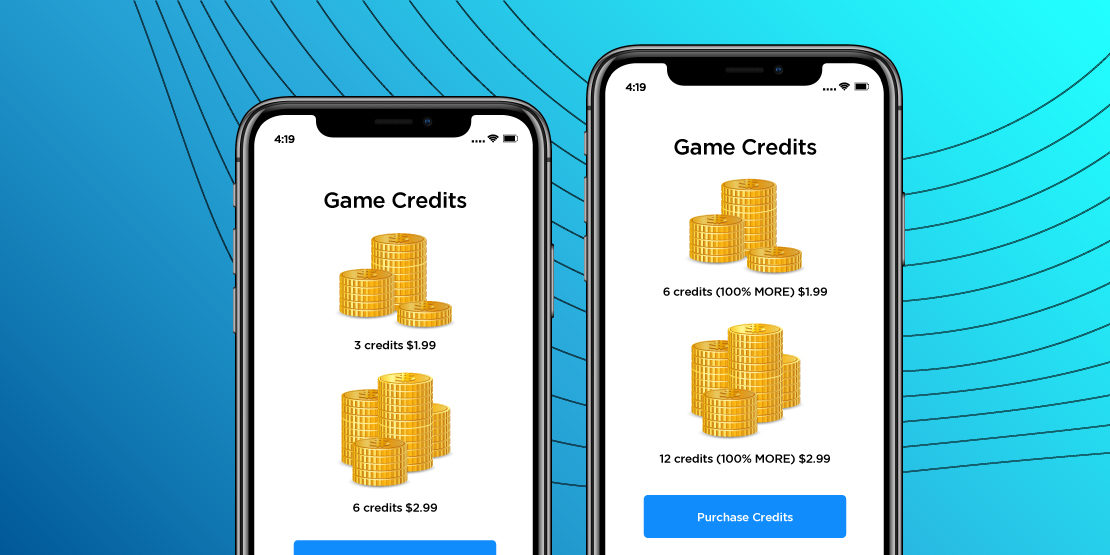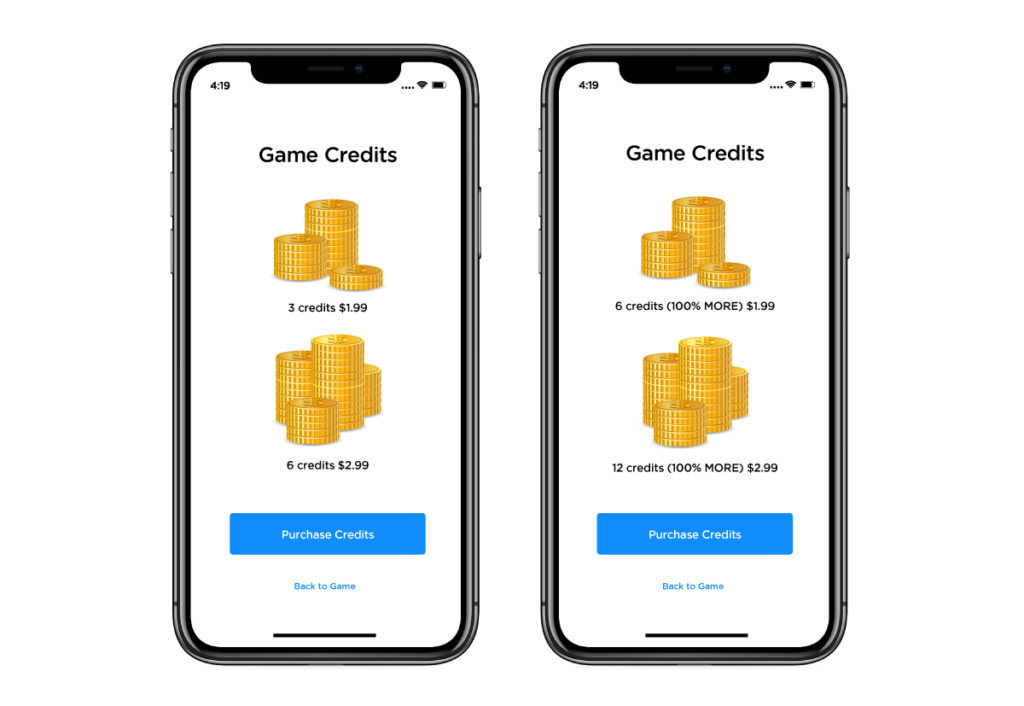A unified approach to defining player segments, enabling in-game offers and messaging
For many gaming organizations, LiveOps is the primary source of player monetization. Whether it is configuring daily challenges or special events, or keeping the product catalog fresh with new offers and sales, LiveOps keeps players engaged and produces those all-important in-app purchases.
The Challenges of Live Game Management
Ironically, LiveOps teams often endure some of the most challenging and tedious day-to-day operational tasks. Game configuration servers are not often built with LiveOps user experience in mind. For instance, defining an audience segment may require a custom SQL query, configuring an in-game event or sale often involves hand-editing script files, monthly events are often manually maintained in a spreadsheet, and so on. Not only do these time-consuming inconveniences limit the number of player-engaging and revenue-generating events that an under-staffed LiveOps team can manage, but they can also lead to mistakes.
Of course one of the primary sources of these operational inefficiencies is the configuration of the push notifications and in-app messages that are vital to driving player engagement and in-app purchases. And while there is no shortage of commercial engagement platforms, Leanplum included, that can dramatically improve messaging, the degree to which a commercial engagement solution can be effective for a gaming studio is closely tied to how well that solution will interoperate with a proprietary home-grown game server. This is where Leanplum stands apart.
Full Player Management Platform for Mobile Games
One of the first problems to solve when considering a commercial engagement solution for either server-authoritative or client-authoritative games is determining the division of labor between the systems. For instance, who owns segmentation?
If the engagement solution is used to define a segment of players who qualify for an offer and to message those players about that offer, then the game server needs to have the exact same list of players to whom the messages are sent. This ensures that the right set of players receive the offer, keeping in mind that membership in a defined segment is continuously changing. If instead the game server owns segment definitions, the same synchronization issue exists in reverse. And if those synchronizations are not occurring in real-time, opportunities will be lost to present players with in-the-moment offers, such as when the player levels up or completes a milestone.
Leanplum Variables
Leanplum is uniquely capable of solving the above synchronization issues through a feature called Variables. As the name implies, Leanplum variables are used to change variable values in the app code, either globally or for specific players or player segments, via the Leanplum user interface. To best illustrate this, let’s consider a simple remote configuration example.
Suppose we want to present a special store offer to qualifying players while presenting the standard set of offers to everyone else. The two variations of the store might look like this, where qualifying players can purchase double the number of game credits for the same prices:
Which players see a given version of the store is then controlled by a Leanplum variable. This is done by defining a Leanplum variable in the code. In the example below the boolean variable “promotionFlag” is defined with a default value of “false.”
Upon being defined for the first time, the same variable will appear in the Leanplum UI, where users with applicable access rights are able to change the value, either globally (all players) or for one or more sets of player segments. The values can even be time-bound in order to turn on/off promotions before, after or between specified dates.
The moment the player becomes a member of the Premium Offer Audience segment, and assuming the current date/time is between those specified, the variable value will automatically be changed to “True” for that player. The game code would then, presumably, issue asynchronous calls to the game server to retrieve the applicable configuration data. Alternatively, Leanplum variables can also be JSON files, allowing for the configuration data to be sent directly from the Leanplum file server, if desired.
The elegance of this approach is that since Leanplum is used for segmentation, messaging, and the enablement of the offer, it is assured that the moment the player becomes a member of the qualifying segment she will immediately receive messages promoting the offer and be treated to the new store experience since the same system and segment definition govern both. And all this is done without having to navigate between multiple systems or involving developers (other than the initial coding work) —all within a simple, easy-to-use interface.
The ability to manage game configurations, in conjunction with LiveOps events, promotions and messages, make Leanplum extremely valuable and popular with modern gaming studios.
Learn how you can use Leanplum in your gaming studio with a free personalized demo.
To learn more about what Leanplum can do for your team, check out these resources:
- For a quick overview, watch our 2-minute Gaming video
- We are the only engagement platform with a focus on Gaming
- Watch the full webinar with MobilityWare, LiveOps on a Shoestring Budget, where we discuss the inner workings of how they use Leanplum for live events
- Explore our Games Data Science Report to see how specific engagement strategies impact retention and revenue
- Read our article on Mobile Gaming 2021: How to Increase Player Engagement and Revenue for more insights on boosting overall engagement and monetization in mobile gaming
- Check out the Product Tour to see Leanplum in action
—
For app-first companies, Leanplum is the only solution that helps personalize and optimize all customer touchpoints, both inside and outside the app. Leanplum combines multi-channel Lifecycle Marketing with the ability to A/B test the Product Experience for complete, end-to-end personalization of the mobile journey. Break down organizational silos and eliminate point solutions to enable rapid growth.







